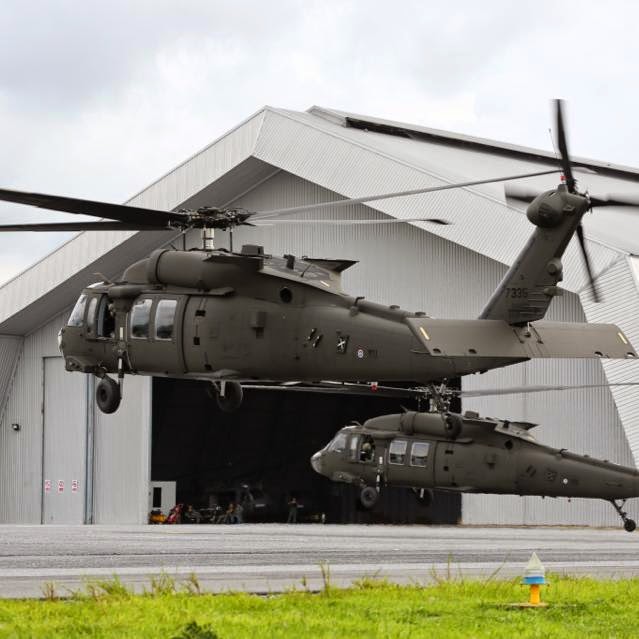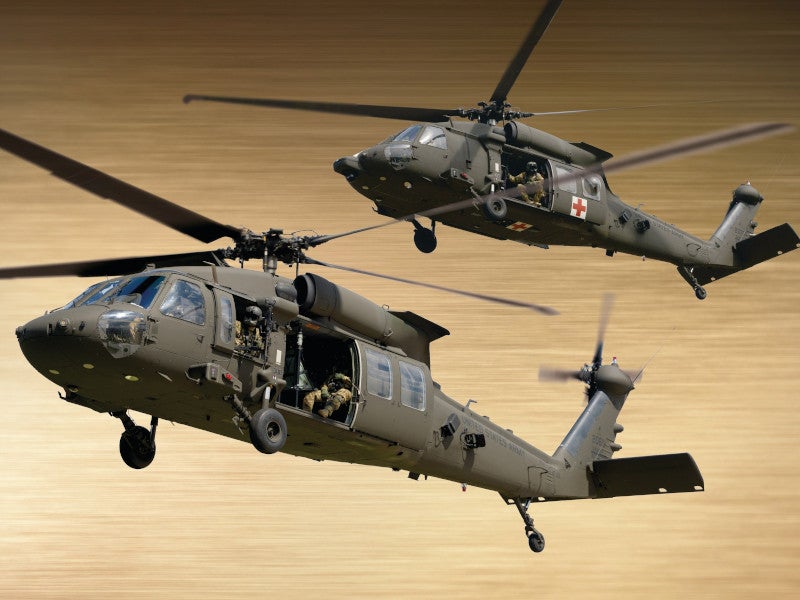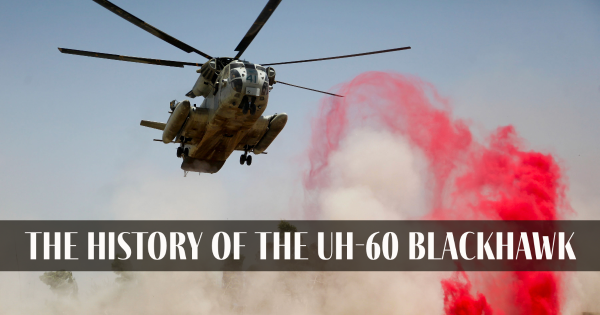Browsing Success: UH 60 Helicopter Upkeep Finest Practices
Browsing Success: UH 60 Helicopter Upkeep Finest Practices
Blog Article
Navigating Uh 60 Helicopter Rules and Conformity Needs

Regulatory Structure Introduction
The regulative framework controling UH-60 helicopter procedures incorporates a facility set of standards and policies developed by aeronautics authorities. These laws are created to make sure the reliable and risk-free operation of UH-60 helicopters in various environments. The Federal Aeronautics Administration (FAA) plays a central function in developing and applying these laws, which cover a wide variety of operational aspects, consisting of airworthiness criteria, pilot certifications, maintenance needs, and operational treatments.
Compliance with these regulations is essential for helicopter drivers to preserve the highest degree of safety and operational honesty. Failure to comply with these regulations can cause major consequences, consisting of crashes, injuries, and regulative sanctions. As a result, helicopter operators need to stay notified concerning the newest governing advancements and make certain that their operations remain in full compliance with all relevant guidelines and criteria.
Airworthiness Evaluations and regulations
Among the regulatory framework regulating UH-60 helicopter operations, an essential emphasis rests on conformity with Airworthiness Directives and performing thorough evaluations to support security standards and operational reliability. Airworthiness Directives (Advertisements) are released by aeronautics authorities to resolve harmful problems in airplane, including the UH-60 helicopter, and mandate particular actions to be taken by drivers or proprietors. Conformity with ADs is necessary, and failure to follow these directives can cause severe repercussions, including grounding of the aircraft.
Regular assessments are paramount to making sure the airworthiness of UH-60 helicopters. By adhering to a rigorous evaluation routine, operators can discover and address prospective concerns quickly, consequently enhancing the security and integrity of UH-60 helicopter operations.
Pilot Certifications and Training

Pilot training for UH-60 helicopters is detailed and covers a vast array of topics, consisting of aircraft systems, emergency situation procedures, navigating, and mission-specific training. Furthermore, pilots go through simulator training to Read More Here exercise different emergency situation scenarios in a regulated environment. This training aids pilots create the required abilities to deal with challenging scenarios efficiently.


Furthermore, ongoing training and specialist growth are necessary for UH-60 pilots to remain present with the most up to date policies, technology, and best techniques. By buying pilot certifications and training, operators can enhance safety and security, enhance performance, and ensure conformity with regulative requirements in the procedure of UH-60 helicopters.
Operational Limitations and Needs
Pilot qualifications and training serve as the structure for recognizing the functional limitations and requirements connected with UH-60 helicopter procedures. In addition, conformity needs, such as adhering to specific flight paths, communication procedures, and emergency situation treatments, are necessary for keeping functional safety and security and regulatory compliance. Pilots must stay current with all operational limitations and needs via normal training, instructions, and examines to minimize threats and make certain secure and reliable UH-60 helicopter operations.
Emergency Procedures and Compliance Screening
Effective emergency situation procedures and detailed compliance screening are important components of keeping operational safety and security and regulative adherence in UH-60 helicopter procedures. Regular conformity testing makes certain that the helicopter meets all governing requirements established forth by aviation authorities.
Conformity testing likewise extends to devices onboard the UH-60, such as communication systems, navigation tools, and safety gear. Making certain that all devices is operating correctly and satisfies governing standards is crucial for safe operations. In addition, compliance testing may entail simulations of emergency situations to analyze the crew's reaction and the helicopter's efficiency under stress. By prioritizing emergency situation treatments and conformity testing, UH-60 operators can reduce threats and show their commitment to safety and regulative conformity.
Verdict
Finally, adherence to governing structure, conformity with airworthiness directives, pilot qualifications and training, operational limitations, and emergency procedures are important for navigating the policies and requirements of operating a UH-60 helicopter. uh 60. It is important for operators to prioritize safety and ensure full conformity with all relevant laws to keep the airworthiness and functional honesty of the airplane
Navigating the regulatory landscape bordering UH-60 helicopter procedures requires a nuanced understanding of the elaborate web of guidelines and compliance needs.Conformity with these guidelines is necessary for helicopter operators to maintain the highest possible degrees of security and operational honesty.Among the regulative framework controling UH-60 helicopter procedures, her explanation an important focus look here lies on conformity with Airworthiness Directives and carrying out comprehensive inspections to promote security standards and functional dependability.Effective emergency situation procedures and thorough conformity testing are essential elements of maintaining functional safety and governing adherence in UH-60 helicopter operations. Normal compliance screening guarantees that the helicopter fulfills all regulatory demands set forth by air travel authorities.
Report this page